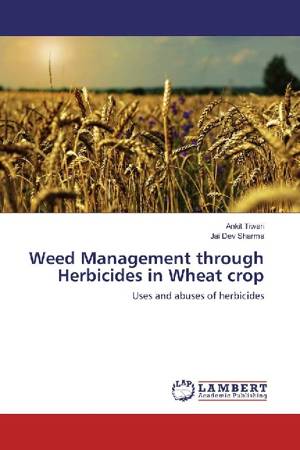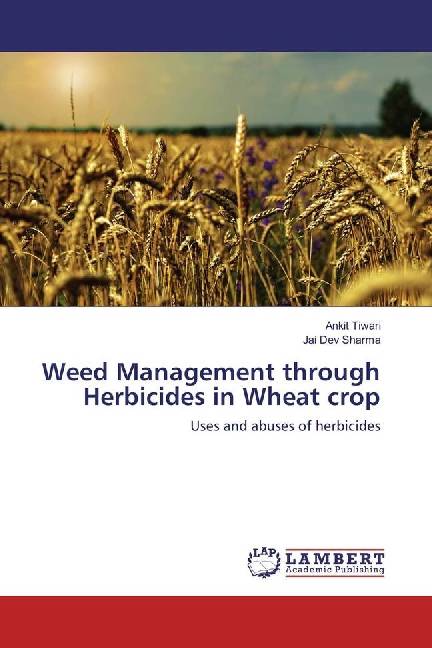
- Afhalen na 1 uur in een winkel met voorraad
- Gratis thuislevering in België vanaf € 30
- Ruim aanbod met 7 miljoen producten
- Afhalen na 1 uur in een winkel met voorraad
- Gratis thuislevering in België vanaf € 30
- Ruim aanbod met 7 miljoen producten
Weed Management through Herbicides in Wheat crop
Uses and abuses of herbicides
Ankit Tiwari, Jai Dev Sharma
Paperback | Engels
€ 49,45
+ 98 punten
Omschrijving
Wheat is the major crop of Rabi season. Weeds are considered as one of the major constraints in wheat cultivation. Most of the increase in production will have to manage from integrated use of resources, as the land area under wheat is not expected to expand further and the productivity of wheat is going very low might be due to adoption of cereal-cereal (Rice-Wheat) cropping system, late sowing, poor weed management and imbalance fertilization, etc. Among these causes of low productivity, reduction in wheat yield has been very substantial due to the infestation of weeds. The prominent weeds noted in wheat fields are Phalaris minor, Chenopodium album, Anagallis arvensis, Avena fatua, Convolvulus arvensis, Lathyrus aphaca, Cyperus rotundus and Cynodon dactylon etc. which alone cause 33 per cent reduction in wheat yield. Considering the above facts in view, this book will serve as an educational tool and provides solid background information for the readers who have interest in agronomic field crops and how to manage weeds and to control weeds for the wheat crop through different herbicides.
Specificaties
Betrokkenen
- Auteur(s):
- Uitgeverij:
Inhoud
- Aantal bladzijden:
- 120
- Taal:
- Engels
Eigenschappen
- Productcode (EAN):
- 9783659940439
- Uitvoering:
- Paperback
- Afmetingen:
- 150 mm x 220 mm

Alleen bij Standaard Boekhandel
+ 98 punten op je klantenkaart van Standaard Boekhandel
Beoordelingen
We publiceren alleen reviews die voldoen aan de voorwaarden voor reviews. Bekijk onze voorwaarden voor reviews.










